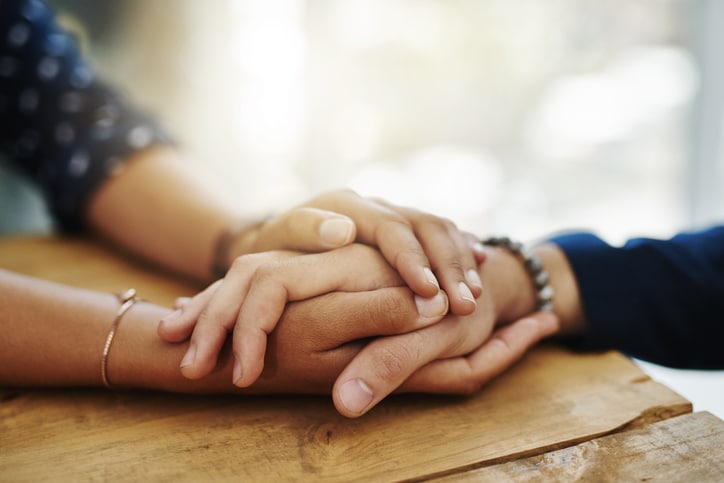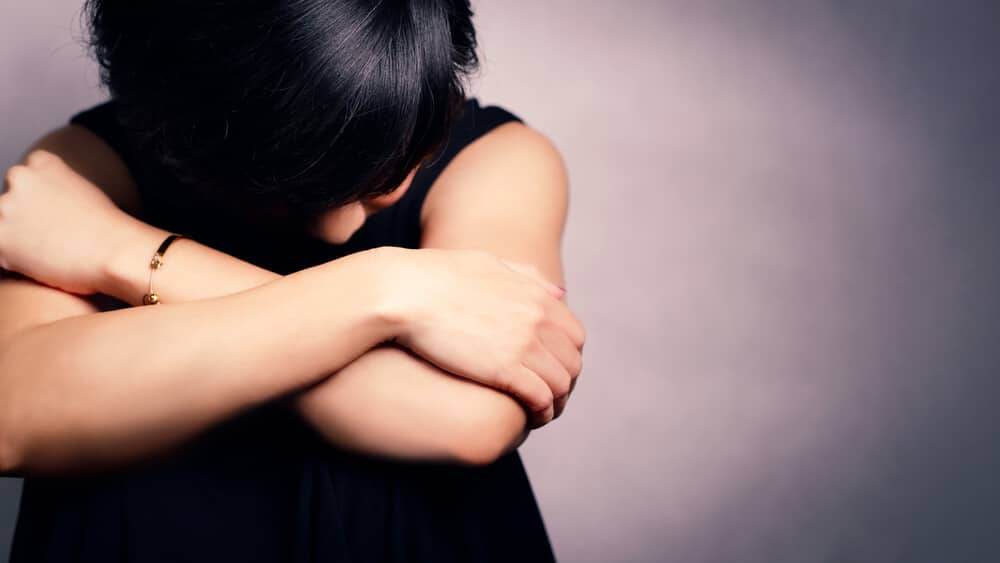If you or someone you know is or may be suffering from domestic violence, consider contacting the National Domestic Violence Hotline by calling 1-800-787 3224 or texting “START” to 88788. Alternatively, this list of domestic violence resources in San Francisco may be helpful. Stay safe.
Deciphering what exactly constitutes domestic violence can be challenging, especially if you’re not sure what to look for. If you’re worried that someone you know is suffering from domestic violence – or that you yourself are – knowing the signs of domestic violence can help you or a loved one receive the help they need.
For help with your domestic violence case, contact our office online or via phone at (415) 805-9069.
Isolation Is Occurring
One of the first things abusers often do is start isolating their victims. This can occur in multiple ways, such as:
- Restricting their finances, such as encouraging the survivor/victim to merge their bank account with the abuser, quit their job, or only use the abuser’s resources for purchases. Eventually, this often transitions into the survivor/victim becoming financially dependent on the abuser, making it more difficult for them to leave.
- Keeping them away from family and friends, such as encouraging them to stop communicating with family members as frequently, or requesting that they don’t go spend time with friends.
- Preventing them from going out alone, such as ordering the survivor/victim that the abuser goes to events they’re attending with their friends. This often happens in conjunction with isolating the survivor/victim from their friends and family more thoroughly.
If you notice your partner is trying to isolate you from your family, it could be a sign of abuse. Similarly, if you notice a friend or family member seems to be restricted from interacting with you, and they often mention their partner as the reason why – even in a joking manner – something could be going on.
Social Interactions Begin Shifting
As isolation occurs and abusers start to display more of their true nature, it’s not uncommon for survivors/victims to start changing how they behave around other people in their lives. This could result in:
- Making excuses for their partner’s behavior, primarily out of fear their spouse will retaliate if they learn the survivor/victim has been sharing their behavior with other people;
- Withdrawing inwards, becoming less conversational, or displaying behavior commonly associated with depression;
- Becoming anxious when people display behaviors the survivor/victim could associate with their abuser, such as yelling. This may manifest in panic attacks or other more overt forms of expression, but could also be more subtle and result in further withdrawn behaviors.
If you notice yourself or another individual becoming more withdrawn and displaying some of the above behaviors, it may be a sign of abuse.
Physical Marks Start Showing
Perhaps the most obvious sign of domestic violence is physical marks appearing on the survivor/victim’s body. However, it’s worth noting that in many cases, survivors/victims will try and cover bruises or other signs of domestic violence, out of fear their spouse may retaliate if someone points out the mark.
If you’re searching for marks on someone else, start looking for heavier makeup in areas such as around the throat and eyes. Suddenly wearing clothing that may cover marks, such as long sleeves in the middle of summer to cover bruises on the biceps, is also common. If you yourself are experiencing physical abuse, please start searching for resources you can turn to for help. Unfortunately, cycles of violence often only escalate, and escaping from the situation safely should be a priority for survivors/victims of domestic violence.
To schedule a consultation with our team for your domestic violence dispute, contact us online or via phone at (415) 805-9069.





